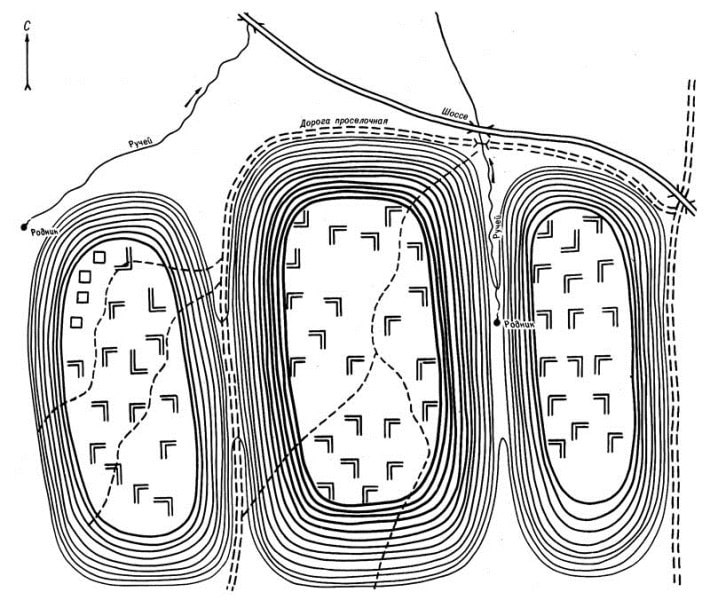You are here
Ancient settlement Sozak.

Tours in the medieval cities of Southern Kazakhstan.
“The downfall of the attempts of governments and leaders to unite mankind is found in this- in the wrong message that we should see everyone as the same. This is the root of the failure of harmony. Because the truth is, we should not all see everyone as the same! We are not the same! We are made of different colours and we have different cultures. We are all different! But the key to this door is to look at these differences, respect these differences, learn from and about these differences, and grow in and with these differences. We are all different. We are not the same. But that's beautiful. And that's okay.In the quest for unity and peace, we cannot blind ourselves and expect to be all the same. Because in this, we all have an underlying belief that everyone should be the same as us at some point. We are not on a journey to become the same or to be the same. But we are on a journey to see that in all of our differences, that is what makes us beautiful as a human race, and if we are ever to grow, we ought to learn and always learn some more”
C. JoyBell C.
A trip from Turkestan to the village of Sozak.
The settlement of Sozak (X - XVIII centuries) is located in the central, ancient historical part of the administrative center of the Sozak rural district, the village of Sozak in the Sozak district of the Turkestan region. The ancient settlement of Sozak is located in a valley of a small river, on a natural elevation. In written sources of the XIII century.
Sozak is mentioned under the name Khuzak, then - in the sources of the XVIth century, in connection with the struggle of the Kazakh khans with the Timurids and Sheibanids over the Syr-Darya cities, where it appears under the name Suzak.
Surveyed by the Central Kazakhstan Archaeological Expedition (A.Kh. Margulan) in 1946, the South Kazakhstan Archaeological Expedition (A.N. Bernshtam) in 1947 - 1948, in 1982 - 1983. expedition of the archaeological detachment (A.N. Podushkin).
The remains of the settlement occupy an area of about 19 hectares. Monument topography: in the plan it is divided into 3 rectangular platforms, of which one of the largest is the central one, has a height of 22 - 25 meters, length of the sides: north-south is 350 meters, west-east is 200 meters.
Other sites adjacent to the central one from the west and east have approximately equal dimensions: height 15 - 18 meters, side dimensions 300 x 200 meters. The remains of the gate, the supports of the bridge over the river have been preserved.
On the surface of the settlement and the territory adjacent to it in various places, the remains of structures in the form of earthen hills are recorded. Exploration excavations in the settlement (A.Kh. Margulan) revealed 5 construction horizons, of which the oldest belongs to the X - XI centuries, and the latter - to the XVII - XVIII centuries.
Of most interest are materials from the horizon dating back to the XVth - XVIth centuries. (the thickness of the cultural layer is about 2 meters.). Excavations revealed parts of the premises and grounds of the courtyard with tandoor, vessels for storing grain, cesspools, etc.
Several copper coins were minted from the XVth to the XVIth centuries. The ceramic material of the settlement is represented by various forms of vessels of manual and easel work (hums, tagore, jugs, bowls, bowls, lamps, etc.).
A significant part of the table-type ceramics is covered with glaze of white, green and blue colors. the motif of the ornament is stylized, floral.
Geographical coordinates of the ancient settlement of Sozak: N44 ° 08'15.96 "E68 ° 28'00.66"

Authority:
D. A. Taleev. "Code of monuments of the South Kazakhstan region." Architectural and archaeological heritage of the South Kazakhstan region. In the framework of the regional program "Cultural Heritage". http://www.farsah.kz
Photos
Alexander Petrov.
Sozak is a medieval city.







